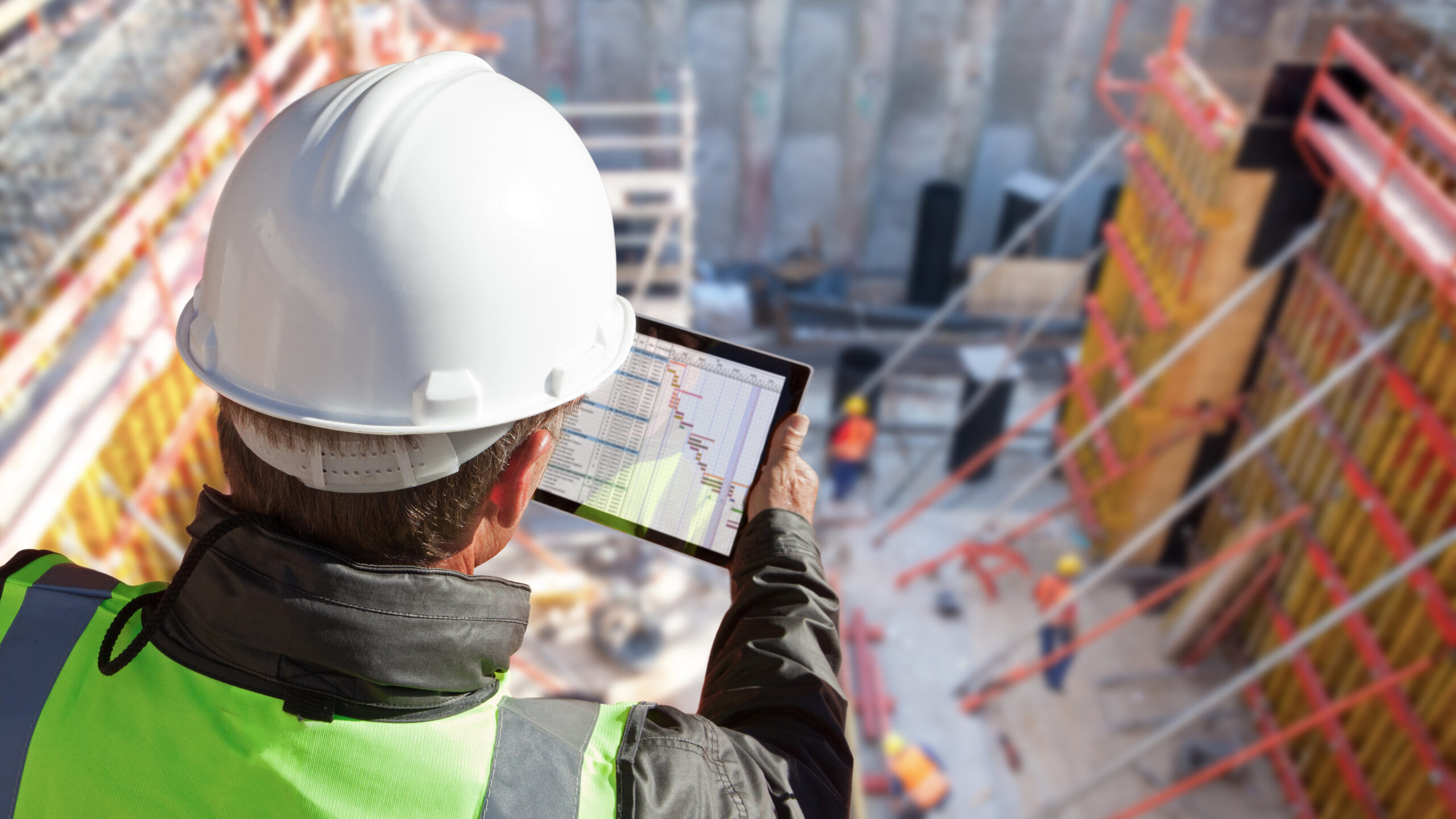When a business leases a new space, some commercial tenant improvements most likely will be needed to ensure the space meets the requirements of the business and reflects its brand.
When considering leasing commercial space for your company, understanding what upgrades are needed for the space to work and how tenant improvements will be handled are important details to understand and negotiate before you sign the lease.
Put simply, tenant improvements cover the expenses incurred for making the space fit a tenant’s needs and physically add to the building and its intrinsic value.
Tenant improvements can be handled in a variety of ways. In some cases, the tenant absorbs the cost. In other cases, the landlord does. In still other arrangements, the tenant and landlord split costs by a negotiated proportion. A common practice, however, is for the landlord to pay for commercial leasehold improvements with a tenant improvement allowance (TIA) and then bill the tenant in the monthly lease amount. I’ll focus on this scenario for this column.
The TIA is often detailed in the lease as an amount per square foot or fixed dollar amount. This amount is determined during the lease negotiation process and can be facilitated by your commercial leasing agent. The tenant is responsible for any differences between the TIA and actual costs of improvements. If improvements exceed the allowance, most landlords will renegotiate to include overages in the monthly lease fee.
The amount of TIA should be settled after careful consideration of various factors, including:
Status of the local real estate market.
Credit histories of the landlord and tenant.
The location of the commercial building.
The condition of the commercial building.
The type and number of units owned by the landlord.
Tenant improvements offer a popular incentive to attract tenants looking to lease office space, but landlords aren’t required to provide TIAs.
Discussing TIAs while negotiating your lease with your prospective landlord can help limit the need for extra funds for renovations.
Every business has unique requirements. Tenant improvements include everything necessary for the tenant’s proper settling in the premises rented that add physical value to the property. Tenant improvements include:
Demolish or remove existing partitions and walls.
Erect new sheetrock walls.
Install new carpet, laminate or hardwood flooring.
Painting.
Add new blinds.
Permanent electrical work.
Install or maintain plumbing fixtures.
Install and maintain heating, ventilation and air conditioning equipment.
Provide access to disabled persons.
Install a new dropped ceiling or exposed ceiling.
Install windows near existing office doors.
Anything else negotiated with the landlord.
Specific furniture and fixtures aren’t covered in a TIA. Include these items in your budget — along with moving and setup costs -— when relocating.
Landlords will sometimes offer turnkey spaces and assume responsibility of tenant improvements, especially in the case of new construction. In the case of a second lease or more of the space, the tenant is often responsible for overseeing construction.
In either situation, a licensed contractor is required — as is landlord approval prior to work commencing. If the landlord prefers a specific contractor, the tenant still can request competitive bids.
It’s an exciting moment for a business to move into a newly leased property, one representing progress and opportunity. Negotiating and understanding your tenant improvement agreement and allowance as well as choosing the right contractor to get it done will help you make the most of your new space.
SOURCE: https://thebusinesstimes.com/understanding-commercial-tenant-improvements/




